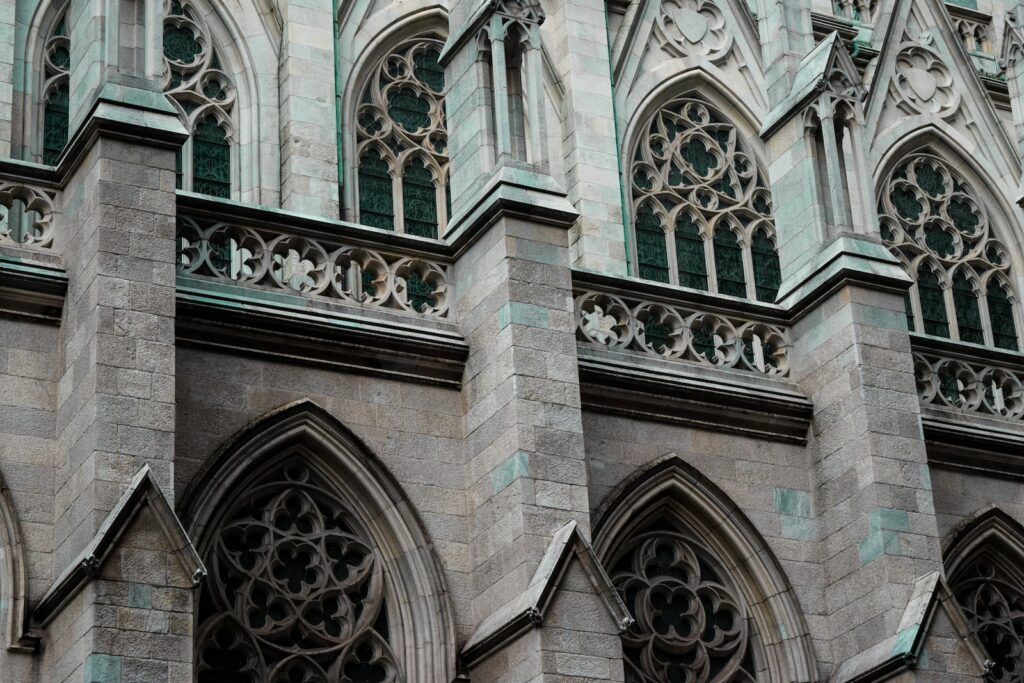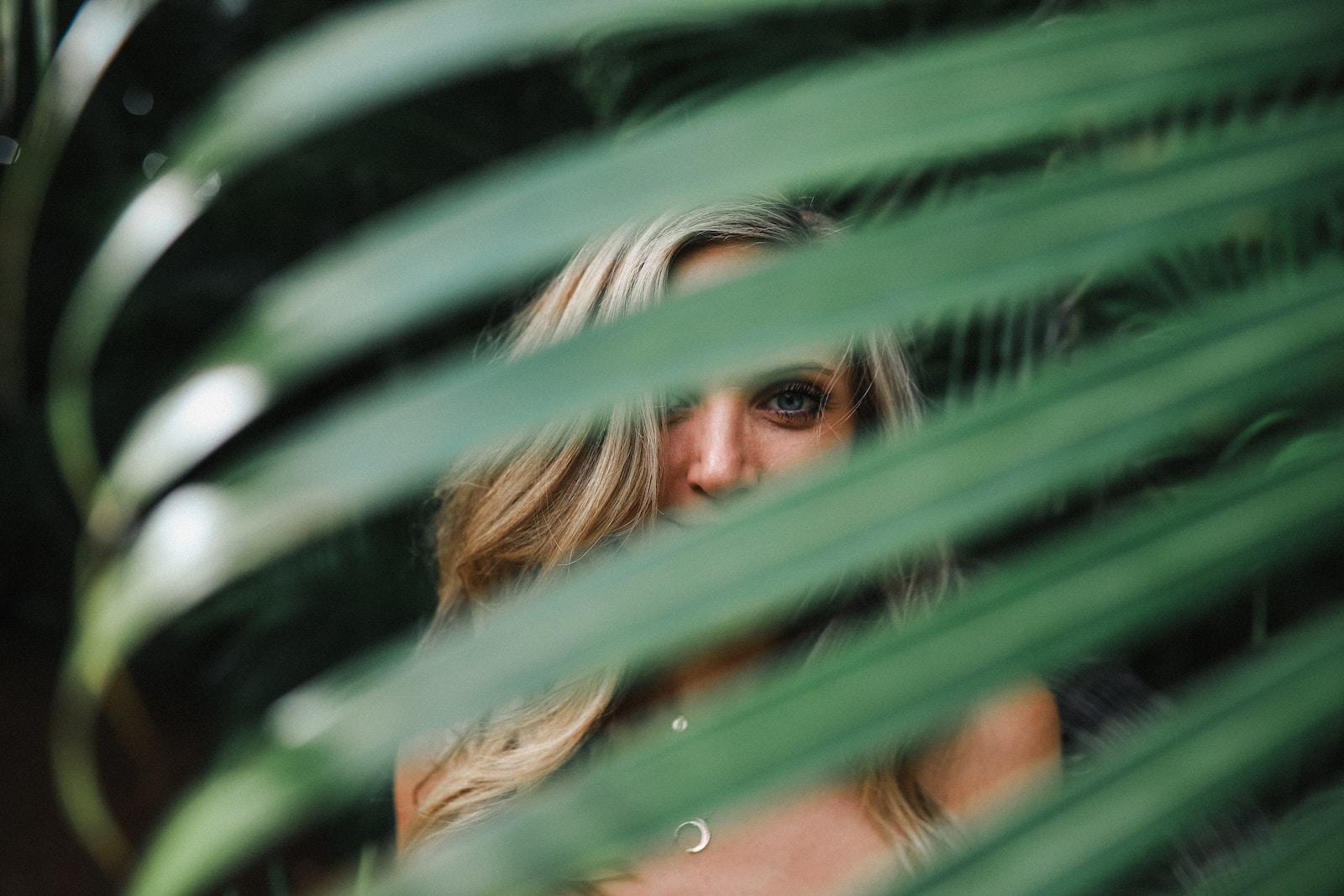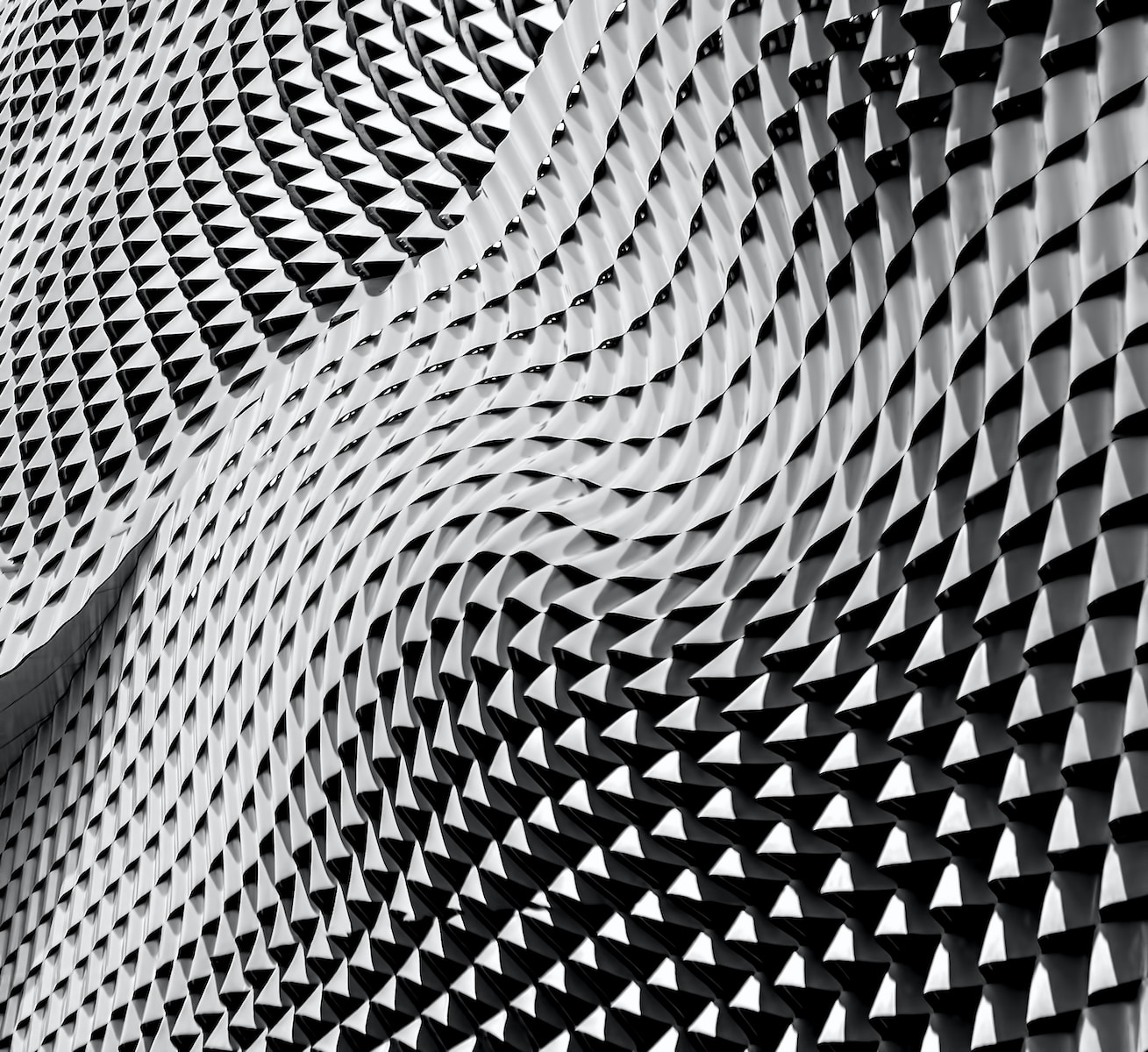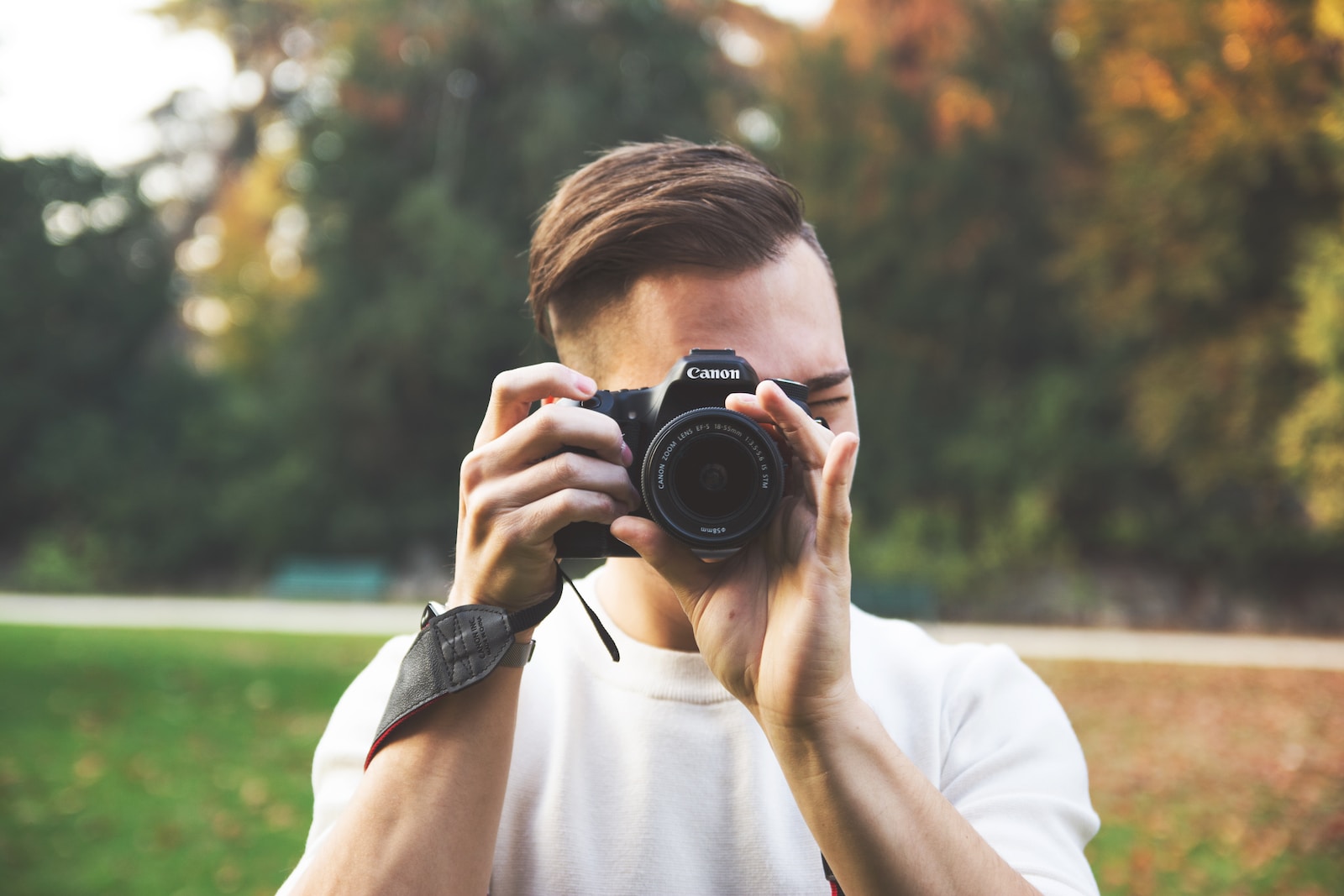Welcome to my blog on the fascinating topic of depicting depth and spatial orientation in two-dimensional photographic compositions. In this blog, we will explore various techniques and tips that will help you capture images with a sense of depth, making them visually engaging and captivating. Whether you are a professional photographer or an amateur enthusiast, this blog will provide valuable insights on how to create stunning compositions that draw the viewers’ attention and evoke a sense of spatial orientation. So, let’s dive in and explore the world of pictorial depth and spatial orientation in photography!
Table of Contents
The Importance of Pictorial Depth and Spatial Orientation
Depth is a fundamental element in photography that adds visual interest and realism to two-dimensional images. By creating an illusion of depth in your compositions, you can transport the viewer into the scene, enhancing their overall perception and connection with the photograph. Understanding the principles behind depth in photography is crucial in mastering the art of creating visually compelling images.
Creating a Sense of Spatial Orientation
Spatial orientation refers to the perception of depth and space within a photograph. It allows the viewer to mentally position themselves within the image, exploring the various elements and relationships present. By incorporating spatial orientation in your compositions, you can guide the viewer’s gaze and create a dynamic and immersive experience.
Utilizing Perspective and Framing
Perspective plays a crucial role in creating depth. By using leading lines, converging lines, and vanishing points, you can guide the viewer’s eyes into the image, creating a sense of depth and dimension. Additionally, using framing techniques, such as natural elements like branches or architectural structures, adds layers and depth to your composition.
The Power of Foreground and Background
Incorporating a strong foreground element can provide a sense of scale and depth to your photograph. By placing a visually interesting element in the foreground and balancing it with an engaging background, you create a three-dimensional effect. Experiment with different focal lengths and aperture settings to achieve the desired depth of field and separation between the foreground and background.
Creating Layers and Overlapping Elements
Incorporating multiple layers within your frame adds depth and dimension to your composition. Look for elements that can overlap, such as trees, buildings, or people, which help create a sense of space and distance. By carefully positioning these elements, you can enhance the spatial orientation and engage the viewer’s perception of depth.
Exploring Depth Through Light and Shadows
The play of light and shadows can significantly impact the perception of depth in your photographs. By utilizing shadows to create contrasting areas of light and dark, you can add depth and dimension to your composition. Experiment with natural light sources or use artificial lighting to enhance the depth and spatial orientation within your images.
Did you know that the concept of perspective in art and photography dates back to the Renaissance period in the 15th century?
Consider the Rule of Thirds
The rule of thirds is a useful guideline to create a sense of balance and spatial orientation in your compositions. By dividing your frame into nine equal parts with two horizontal and two vertical lines, you can position your subject and key elements at the intersecting points. This technique helps create a visually pleasing composition while also enhancing the perception of depth.
Experiment with Different Camera Angles
Changing your camera’s vantage point can transform the spatial orientation within your photograph. Low-angle shots can provide a unique perspective and make the viewer perceive objects as taller or more imposing, enhancing the sense of depth. Conversely, high-angle shots can compress the foreground and background, creating a flattened perspective that can be intriguing when used creatively.

Depicting a sense of depth and spatial orientation in two-dimensional photographic compositions requires a combination of technical knowledge, creative vision, and experimentation. By implementing the techniques and tips discussed in this blog, you can elevate your photography skills and create captivating images that immerse the viewer in a world of visual depth. So, grab your camera, explore different perspectives, and bring your compositions to life with pictorial depth and spatial orientation!
A How-To Guide: Tips and Techniques for Depicting Depth and Spatial Orientation in Photography
As photographers, we strive to capture moments and scenes that transport viewers into the image, making them feel as if they are physically present in the space depicted. One effective way to achieve this is by conveying a sense of depth and spatial orientation in our compositions. In this how-to guide, we will explore some key tips and techniques for achieving this visually immersive effect in your photographs. So grab your camera and let’s dive right in!
1. Utilize the Rule of Thirds
The rule of thirds is a compositional guideline that can greatly enhance the sense of depth in your photographs. Imagine dividing your frame into a 3×3 grid, both horizontally and vertically. By placing points of interest along these imaginary lines or at their intersections, you create a visually pleasing balance and guide the viewer’s eyes through the image, establishing a sense of depth and spatial orientation.
2. Experiment with Foreground Elements
Adding a strong foreground element can create a powerful sense of depth in your composition. Look for objects or elements that can act as a point of reference, leading the viewer’s eyes from the foreground to the background. This could be anything from a tree branch, a stone, or even a person. By including a prominent foreground element, you create a visual anchor that enhances the feeling of depth and spatial orientation.
3. Pay Attention to Leading Lines
Leading lines are a fantastic tool for guiding the viewer’s eyes deep into the image, thereby creating a three-dimensional sense of space. These lines can be anything from roads, fences, or even patterns in nature. Look for natural or man-made lines that draw the viewer’s gaze into the frame, leading them towards the main subject or points of interest. By incorporating leading lines in your compositions, you can achieve a sense of depth and spatial orientation that is visually captivating.
4. Play with Perspective and Scale
Experimenting with perspective and scale can significantly contribute to the feeling of depth in your photographs. By carefully positioning yourself in relation to your subject and using a wide-angle lens, you can exaggerate the relative size of different elements within the frame. This technique creates a powerful sense of spatial orientation, as objects in the foreground appear larger and more prominent, while those in the background seem smaller and farther away.
5. Utilize Aperture to Create Depth of Field
The creative use of aperture can greatly enhance the sense of depth in your photographs. By selecting a wide aperture (small f/number), you can blur the background while keeping your main subject in sharp focus. This technique, known as shallow depth of field, creates a distinct separation between the subject and the background, thereby accentuating the sense of depth and spatial orientation.
So there you have it – a comprehensive how-to guide on depicting a sense of depth and spatial orientation in your two-dimensional photographic compositions. By utilizing the rule of thirds, experimenting with foreground elements, incorporating leading lines, playing with perspective and scale, and effectively using aperture, you can create visually immersive images that transport viewers into the scene. Remember, practice makes perfect, so keep refining your skills, and soon enough, you’ll be capturing captivating photographs with a remarkable sense of depth!
Frequently Asked Questions
What is depth in photography?
Depth in photography refers to the perception of distance and dimensionality in a two-dimensional image. It creates a sense of space and can make a photo feel more realistic and immersive.
Why is spatial orientation important in composition?
Spatial orientation helps establish the relationship between elements in a photograph, providing a sense of balance and harmony. It guides the viewer’s eye and enhances the overall visual appeal of the image.
What are some techniques to depict depth in a photograph?
There are several ways to create depth in photography:
- Using leading lines or converging lines to draw the viewer’s eye into the scene.
- Utilizing the rule of thirds to place important elements at different distances, creating a sense of depth.
- Employing the concept of foreground, middle ground, and background to create layers within the image.
- Using perspective and viewpoint to showcase depth by capturing objects at different distances.
- Using selective focus or shallow depth of field to create separation between the subject and the background.
How can I enhance spatial orientation in my compositions?
To improve spatial orientation in your photos:
- Consider the placement and arrangement of elements within the frame to establish a clear sense of space.
- Experiment with different angles and viewpoints to showcase depth.
- Utilize framing techniques to provide context and guide the viewer’s eyes.
- Pay attention to the balance between positive and negative space.
- Experiment with different lenses and focal lengths to alter the perception of spatial relationships.
Are there any additional tips for creating depth and spatial orientation in photography?
Absolutely! Here are a few more tips:
- Use perspective and scale to emphasize size and distance.
- Consider incorporating elements with varying textures and patterns to add visual interest.
- Experiment with light and shadow to create depth and dimension.
- Avoid clutter and distractions that may disrupt the sense of space.
- Continuously practice and experiment with different techniques to develop your own style of creating depth and spatial orientation.
By applying these techniques, you can capture photographs that convey a sense of depth and spatial orientation, resulting in visually captivating compositions.
Wrap Up
In conclusion, mastering the art of pictorial depth and spatial orientation in photography is essential for creating captivating and visually engaging compositions. By considering various techniques such as leading lines, overlapping elements, and the rule of thirds, you can add a sense of depth and dimension to your images.
Remember to experiment with different perspectives, angles, and focal lengths to enhance the spatial orientation in your compositions. Take your time to analyze various scenes and find opportunities to create depth, whether it’s through foreground interest or careful placement of elements.
Now it’s your turn! Have you successfully applied these techniques in your photography? Share your experiences and any additional tips you may have in the comments below. Let’s keep the conversation going and learn from each other!



